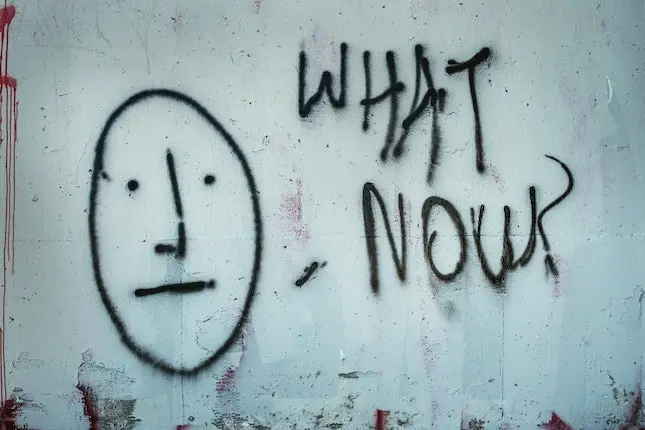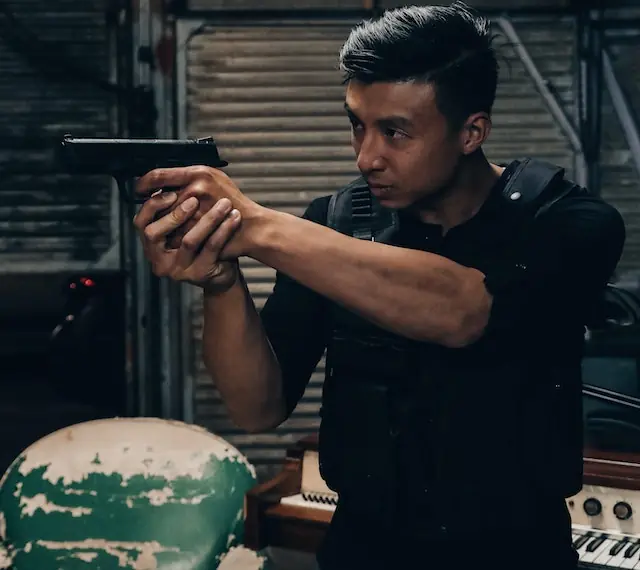Microtension: Create Reader Questions on Every Novel Page

Microtension gets your reader to ask, What Now? In every scene. It’s the trigger that makes your reader turn the page and keep reading.
Give your reader something they weren’t expecting, and do it in every scene. Even better, every page. Yes, every page has one little surprise.
That’s what makes your reader ask, What now?
In your first draft, you create the plot points, the action, the drama. But your second draft is the perfect time to add in the brief moments that add tension on every page.
How to Create Microtension
You create microtension with juxtaposition—putting unmatched things like ideas, actions, dialogue, and words together. For example, your character may picnic on a sunny day, but the words you use imply a dark mood. Words like aim, shadow, edge, humorless, grasp.
By using juxtaposition, you set up your reader to wonder why the physical description and the mood do not match.
Your character may hide something. Or they may hide something from themselves that makes the reader wonder.
Microtension does not raise questions about the plot, but about the specific moment in the story.
Conflicting Emotions
Microtension results from conflicting emotions. Unlike fight scenes or big arguments that are high points in your plot, you can place conflicting emotions almost anywhere in your scene. That’s because each character has motivations. And each motivation is tied to an emotion.
Start by examining the words you use.
Word Pairs – Relate different sensory information to emotions. Think of obvious similarities, like touch feel and then attach an emotion. For example, see/hear. Attach an emotion to what the character sees and an opposite emotion to what they hear.
Opposites – Take the word pairing and create opposites. Kindness/cruelty or cold/burn. See what emotions your character develops from the opposites.
Dialogue – Make your characters use conflicting emotional words in the dialogue. If one says “like,” the other character says “hate.” That’s an extreme example, but you get the idea.
Character Inner Conflict – What two desires pull your character within the scene? He wants an answer but won’t sacrifice his dignity. She wants to open the door but won’t function if she injures her shoulder.
Misinterpretation – A character responds to another character’s action or dialogue, but misinterprets the intent.
Foreshadow – Use words to describe an action that hint at negative consequences to come.
Narrative Exposition – Use contradictory words in the scene exposition. For instance, your character aims for a result but misses the mark by saying…
Setting – Use negative words to describe the setting when your character feels good, or vice versa. This use is like foreshadowing.
It’s All About the Words
Although you may add microtension in your first draft, you can fine tune those moments in the second draft. It’s all about the words you use.
While you’re looking for the stronger verbs and more specific nouns, add emotion hooks with those words. You’ll create the microtension that keeps readers reading.
Use words that reflect what your character is feeling. Use words that tell the reader what they feel even if the character’s feeling doesn’t match. You’ll get your reader to ask, What now?
Improve Your Craft
You have your story. Adding microtension with words that get your reader emotionally involved takes your craft to a higher level. You’re not just telling the story, your showing you reader what to feel on each page, spurring them on to read more.
Photo by Tim Mossholder on Unsplash




